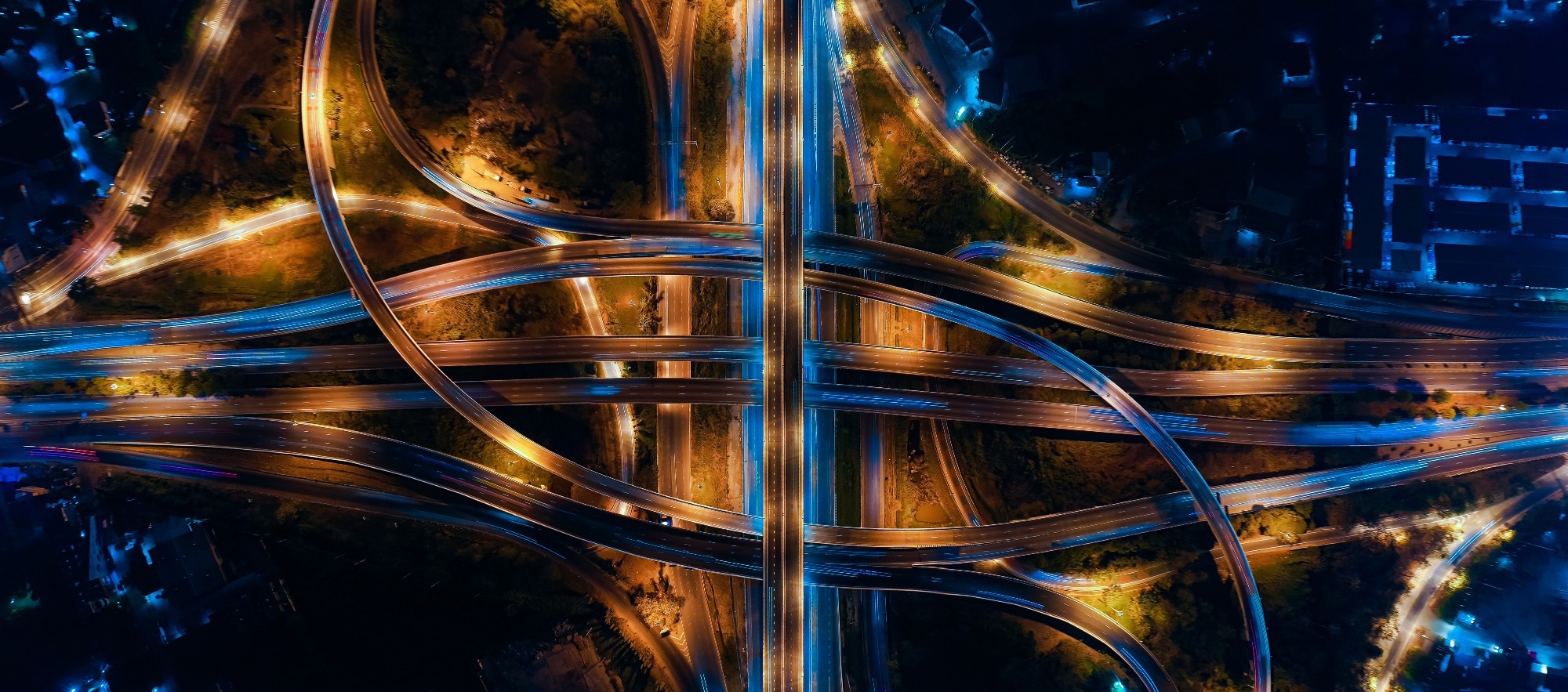Reviewed by Mila PereraSep 16 2022
Generating 30% of the world’s total carbon emissions in 2018, China is now the greatest emitter of carbon dioxide and has stated that becoming carbon neutral by 2060 is one of its top priorities.

Image Credit: Shutterstock.com/AUUSanAKUL
China will need to implement the most efficient combination of transportation-sector policies to meet this objective, which necessitates precise decarbonization models. Any other nation with similar climate change mitigation ambitions must do the same.
According to scientists from Hiroshima University, the most frequently used methodologies for modeling carbon emissions in the transportation industry tend to overemphasize one set of factors, such as behavior, land use planning, or energy usage, at the expense of other aspects.
Now that they have created an integrated framework to account for the elements necessary for accurate carbon emissions modeling, policymakers can see a complete picture to determine the best course of action. They used this approach to simulate the energy emissions from transportation for China’s 31 regions.
In June 2022, the findings were published in Nature Communications.
According to paper coauthor Runsen Zhang, assistant professor at Hiroshima University’s Graduate School of Advanced Science and Engineering, the current carbon emissions models have constraints at the time of the research. He and coauthor Tatsuya Hanaoka, chief researcher at Japan’s National Institute for Environmental Studies, set out to address this issue.
Methodologically, on the one hand, global scenario studies depict an overall picture of energy consumption that appears plausible to energy policymakers and climate change scientists, but land use planning, infrastructure policies, and behavioral factors are hardly modeled.
Runsen Zhang, Study Coauthor and Assistant Professor, Graduate School of Advanced Science and Engineering, Hiroshima University
Zhang further stated, “On the other hand, transport models with sophisticated behavioral descriptions and a high spatial resolution can provide a significantly more concrete answer to urban transport problems, but they often simplify the representations of the energy system and lack a long-term integrated assessment of cross-sectoral effects.”
The scientists created a strategy for predicting future energy consumption and emissions in China’s transportation sector by combining a transport model with an energy system model and using the Avoid-Shift-Improve framework to solve these restrictions.
They examined each of China’s 31 regions individually rather than as a whole to identify regional variations in transportation energy use.
The transport model passed the mode-specific service demand to the energy system model for estimating the future technology mix transition, energy consumption, and carbon dioxide emissions, while the technology mix and costs were fed back to the transport model to re-calculate the generalized transport cost with an updated technology mix.
Tatsuya Hanaoka, Study Coauthor and Chief Researcher, National Institute for Environmental Studies, Japan
For a maximum of 12 scenarios, contrasted with one business-as-usual scenario, the researchers utilized four instruments — technology, regulation, information, and price — for each of the three categories in the Avoid-Shift-Improve strategy. The findings revealed various benefits and drawbacks in each scenario and each location.
Zhang claims that the results highlight the value of a region-specific policy package and the synergistic coupling and trade-offs between the various factors to create a policy mix that will help China reach its carbon neutrality target.
“To address long-term emissions reduction needs for China’s transport sector, concrete policy recommendations must be presented to maximize the synergies and minimize the trade-offs among strategies and instruments,” Zhang said.
“Importantly, to close the distance between transport and climate change studies, transport planners, energy policymakers, and climate experts need to come together to develop innovative solutions toward carbon neutrality,” he added.
The scientists noted that scientists must focus on air and water transportation in the future rather than solely terrestrial transportation.
“Future studies will be geared toward the development of a global transport energy model, including transport by road, rail, water, and air,” Hanaoka said.
Zhang is currently associated with the Graduate School of Frontier Sciences at The University of Tokyo’s Sustainable Society Design Center.
This work was supported by the Environmental Restoration and Conservation Agency of Japan’s Environmental Research and Technology Development Fund and the Japan Society for the Promotion of Science.
Journal Reference
Zhang, R., & Hanaoka, T. (2022) Cross-cutting scenarios and strategies for designing decarbonization pathways in the transport sector toward carbon neutrality. Nature Communications. doi.org/10.1038/s41467-022-31354-9.